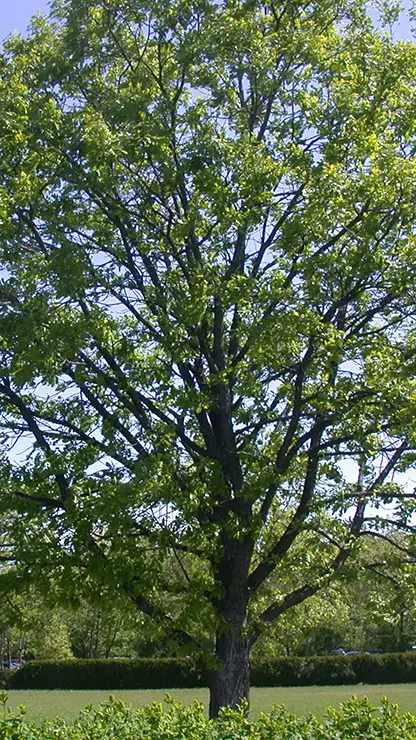

Bur Oak
Quercus macrocarpa Michx.
Bur Oak
Quercus macrocarpa Michx.
“Bur Oak has thick, corky bark which provides it with fire resistance…”– Fun Facts
 Full Tree, Quercus macrocarpa (Ayotte, n.d.)
Full Tree, Quercus macrocarpa (Ayotte, n.d.)


Summary
Taxonomy
(How things are grouped and categorized based on shared traits.)- Kingdom: Plantae
- -Phylum: Streptophyta
- –Class: Equisetopsida
- —Subclass: Magnoliidae
- —-Order: Fagales
- —–Family: Fagaceae
- ——Genus: Quercus
- ——-Species: macrocarpa
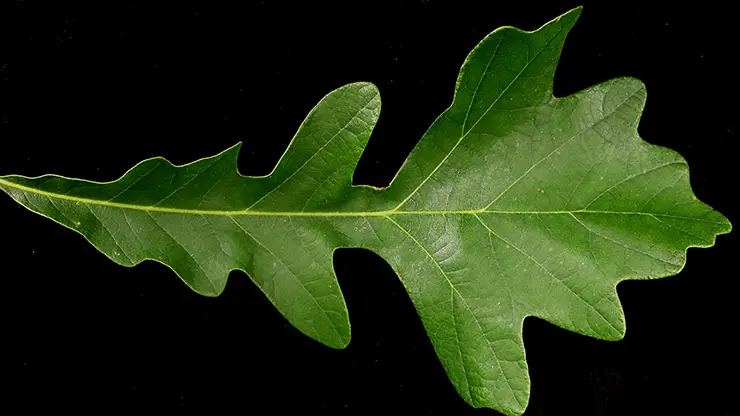
Taxonomic History:
First described by Andre Michaux (1801) under the name Quercus macrocarpa, it is known as such to this day. There are two infraspecies, Quercus macrocarpa var. depressa and var. macrocarpa – but their acceptance varies between botanists and major taxonomic databases (Deitshmann, 1965; POWO, 2024; Tropicos, 2024).
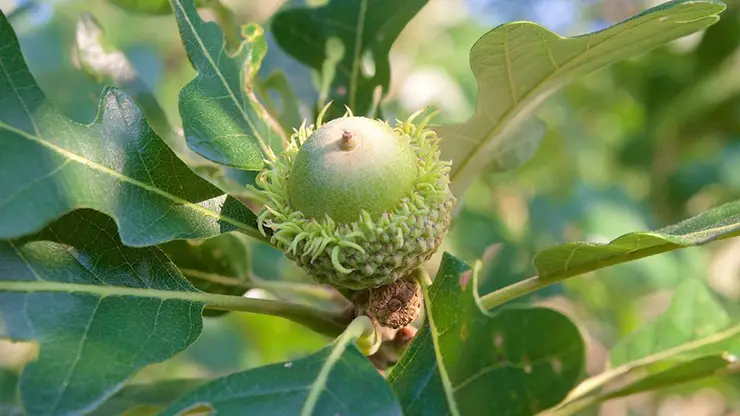
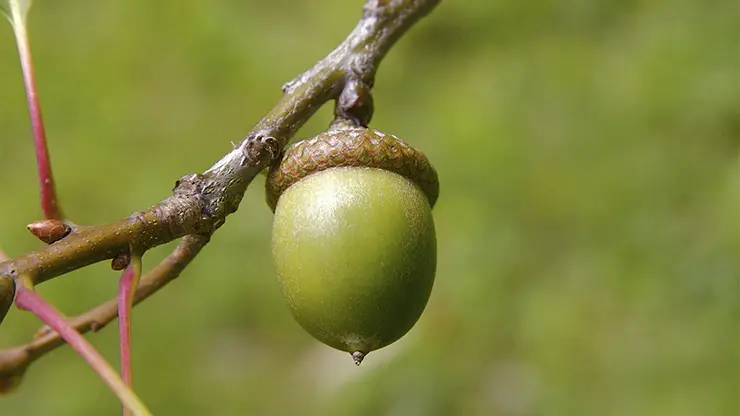

Identification Tips
Quercus macrocarpa can be distinguished from Quercus rubra, another Oak species in the park, by its acorns: Q. macrocarpa has a fringed cap that covers more than half the nut, whereas Q. rubra has a cap that is not fringed and covers much less than half the nut.

Fun Fact!
Quercus macrocarpa is the only oak species native to Montana (Nixon et al, 1997).

Fun Fact!
Bur Oak has thick, corky bark which provides it with fire resistance, enabling it to grow in savanna and open woodlands where periodic fire is common (Hengst & Dawson, 1994.)
Native Range:
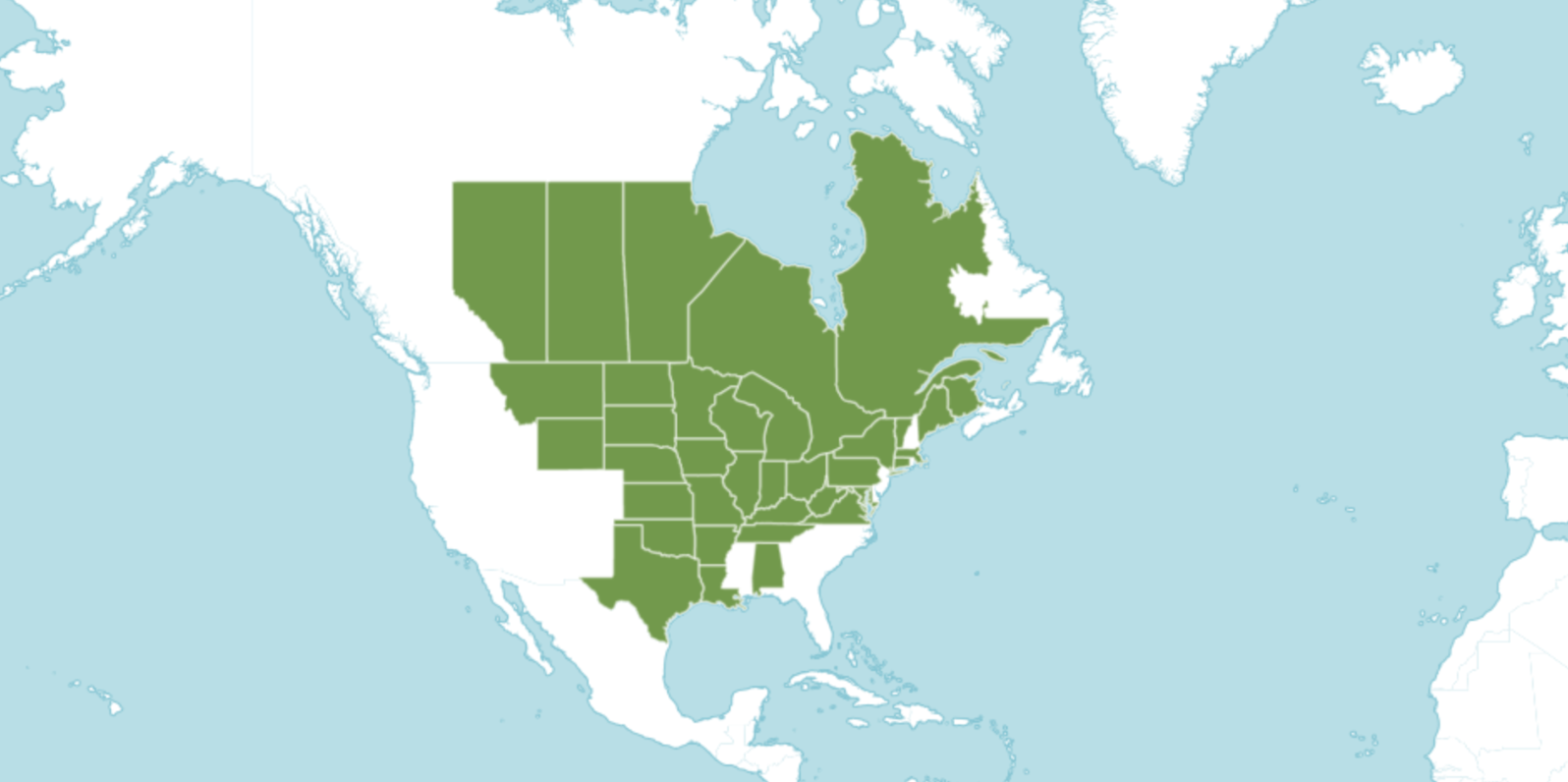

Native

Introduced
Plant Ecology/Habitat
Commonly found in open woodland areas on both dry hillsides, grasslands and savannas, and wetter lowlands (Morton Arboretum, 2024). Quercus macrocarpa grows naturally in multiple different climates and habitats from the east coast to as far west as Wyoming (Welsh et al, 2003). It is highly drought-tolerant.

Economic or Ethnobotanical Uses
- Quercus macrocarpa is a hardy source of durable lumber, one of the best oak lumbers. It was also used medicinally by Native Americans to treat cramps, broken bones, and heart trouble, among other things (Nixon et al., 1997).
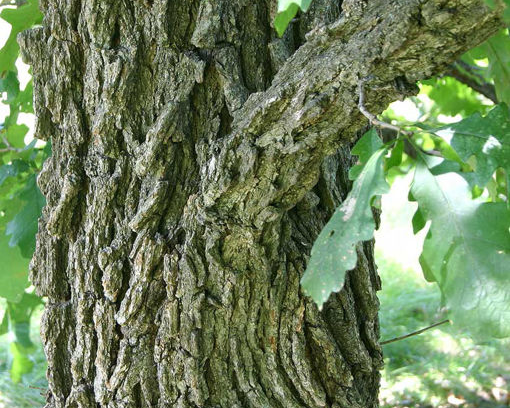

Conservation Status
According to the IUCN redlist, Quercus macrocarpa is labeled as ‘least concern’ but is noted as decreasing (Kenny & Wenzell, 2015).
Additional Resources

References

- Ayotte, G. (n.d.). Bur Oak. [Photograph]. Wikimedia Commons. https://commons.wikimedia.org/wiki/File:Quercus_macrocarpa_15-p.bot-quercus.macro-067.jpg
- Ayotte, G. (2023). Quercus macrocarpa. [Photograph]. Wikimedia Commons. https://commons.wikimedia.org/wiki/File:Quercus_macrocarpa_15-p.bot-quercus.macro-020.jpg
- Deitschmann, G.H. (1965). Bur oak (Quercus macrocarpa Michx.). In: Fowells, H.A., comp. Agric. Handb. 271. Silvics of forest trees of the United States. Washington, DC: U.S. Department of Agriculture: 563–568.
- Hengst, G.E. & Dawson, J.O. (1994). Bark properties and fire resistance of selected tree species from central hardwood region of North America. Canadian J. Forest Res. 24(4): 688-696. https://doi.org/10.1139/x94-092
- Kenny, L. & Wenzell, K. (2015). Quercus macrocarpa. The IUCN Red List of Threatened Species 2015: e.T33991A2839807. https://dx.doi.org/10.2305/IUCN.UK.2015-4.RLTS.T33991A2839807.en. Accessed on 29 October 2024.
- Michaux, A. (1801). Histoire des Chênes de l’Amérique pl. 2–3.
- Morton Arboretum (2024). Bur Oak. [Website]. https://mortonarb.org/plant-and-protect/trees-and-plants/bur-oak/ Accessed 2024.
- Mullen, D. (2009). Northern Red Oak Acorn. [Photograph]. Flickr. https://www.flickr.com/photos/8583446@N05/3960213705
- NatureServe. (2024). NatureServe Network Biodiversity Conservation Status Data accessed through NatureServe Explorer [web application]. NatureServe, Arlington, Virginia. Available at https://explorer.natureserve.org/Taxon/ELEMENT_GLOBAL.2.158441/Quercus_macrocarpa Accessed October 2024.
- Nerrie, M. (2015). Bur Oak Acorn. [Photograph]. Flickr. https://www.flickr.com/photos/59898141@N06/21212613259
- Nixon, K.C. & Muller, C.H. (1997). In: Flora of North America Editorial Committee, eds. 1993+. Flora of North America North of Mexico [Online]. 25+ vols. New York and Oxford. Vol. 3. www.floranorthamerica.org/Quercus_macrocarpa. Accessed Oct 2024.
- POWO (2024). Quercus macrocarpa. Plants of the World Online. Facilitated by the Royal Botanical Gardens, Kew. Published on the Internet. Retrieved 2024 from https://powo.science.kew.org/taxon/urn:lsid:ipni.org:names:30014114-2.
- Tropicos (2024). Quercus macrocarpa [Website]. Tropicos.org. Missouri Botanical Garden. https://tropicos.org/name/13100002. Accessed October 2024.
- Welsh, S.L.; Atwood, N.D.; Goodrich, S.; Higgins, L.C. (2003). A Utah Flora, 3rd edition, revised. Jones Endowment Fund, Brigham Young University.
